Tourists and travel websites can be harsh critics. One-star reviews flood in for even the most iconic landmarks, with complaints ranging from ‘too crowded’ to ‘smaller than expected.’ But what if these supposed disappointments are hidden gems in disguise? Sometimes, the most memorable travel experiences come from places that don’t photograph well or require a different perspective to appreciate.
Here is a list of 20 attractions that receive terrible online ratings but might deserve a spot on your travel itinerary.
Carhenge in Alliance, Nebraska
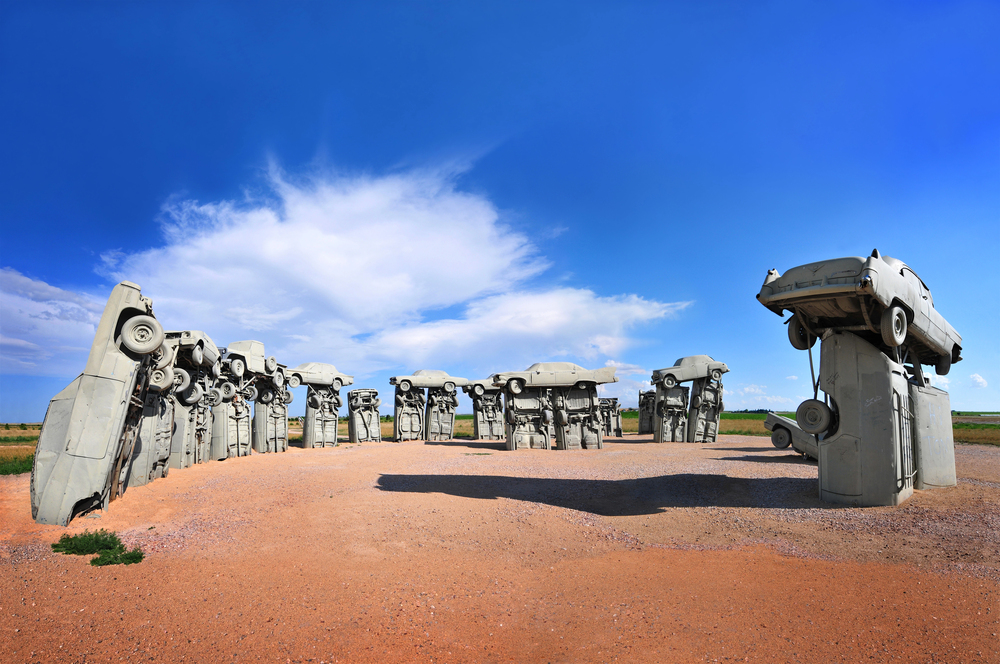
This quirky roadside attraction is exactly what it sounds like—a replica of Stonehenge built with vintage American cars. Critics call it ‘just a bunch of old cars stuck in the ground,’ but they’re missing the creative genius. The careful arrangement mirrors the astronomical alignment of the original Stonehenge, and the contrast of these industrial artifacts against Nebraska’s vast prairie creates a uniquely American art installation.
Plus, unlike its ancient counterpart, you can touch the cars and take silly photos without barriers.
The Winchester Mystery House in San Jose, California
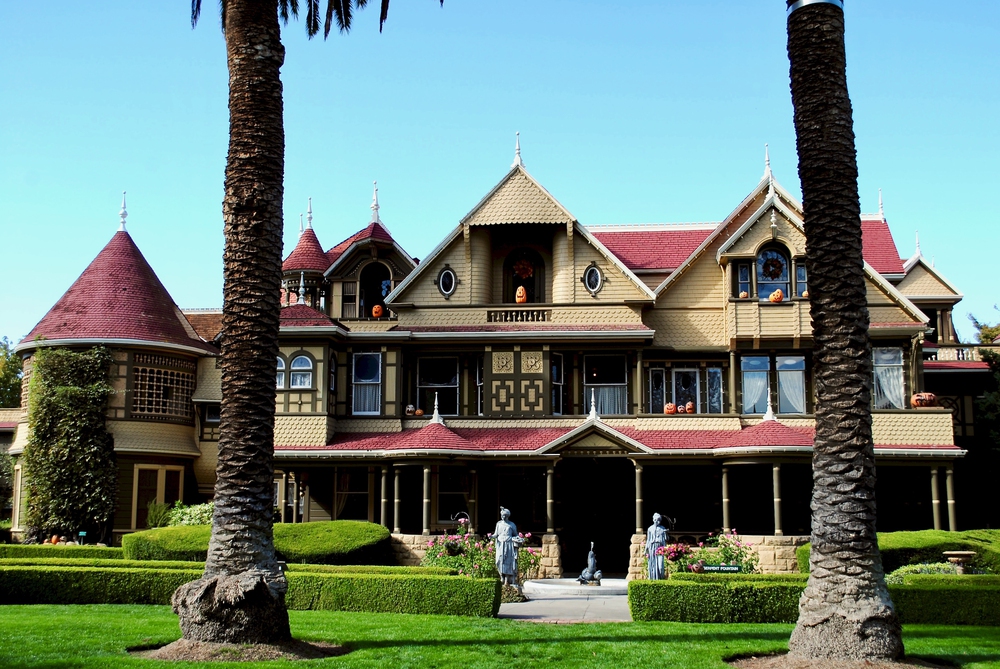
Visitors often complain about the steep admission price and restrictions on photography inside this bizarre mansion. They overlook the fascinating architectural oddity built by Sarah Winchester over 38 years.
The house contains staircases leading to ceilings, doors opening to walls, and windows overlooking other rooms—all supposedly built to confuse spirits. The guided tour reveals the peculiar design choices and the compelling story behind them, making it much more than an overpriced old house.
Like Travel Pug’s content? Follow us on MSN.
Foamhenge in Natural Bridge, Virginia
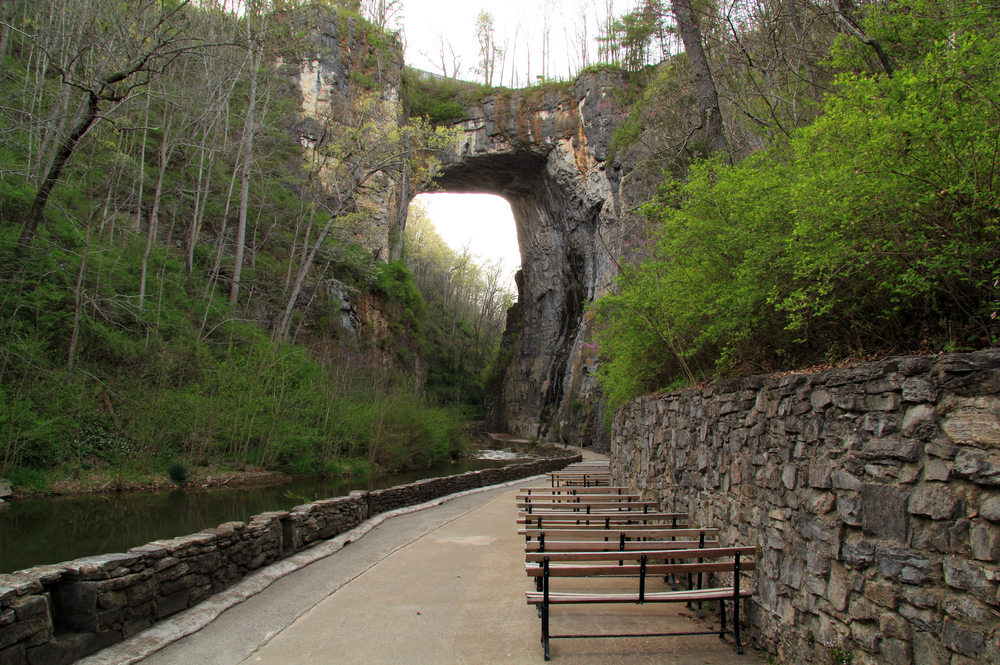
This full-size replica of Stonehenge made entirely of foam might sound tacky, and many reviewers dismiss it as ‘fake’ and ‘cheap.’ They’re missing the point entirely. Created by artist Mark Cline, Foamhenge is a humorous take on a famous monument and a surprisingly accurate recreation.
The foam construction allows for more precise detail than the original weathered stones, and unlike crossing the Atlantic Ocean, you can experience this wonder just off the highway. The creator often appears on site to share fascinating stories about the original Stonehenge and his foam version.
The Fremont Troll in Seattle, Washington
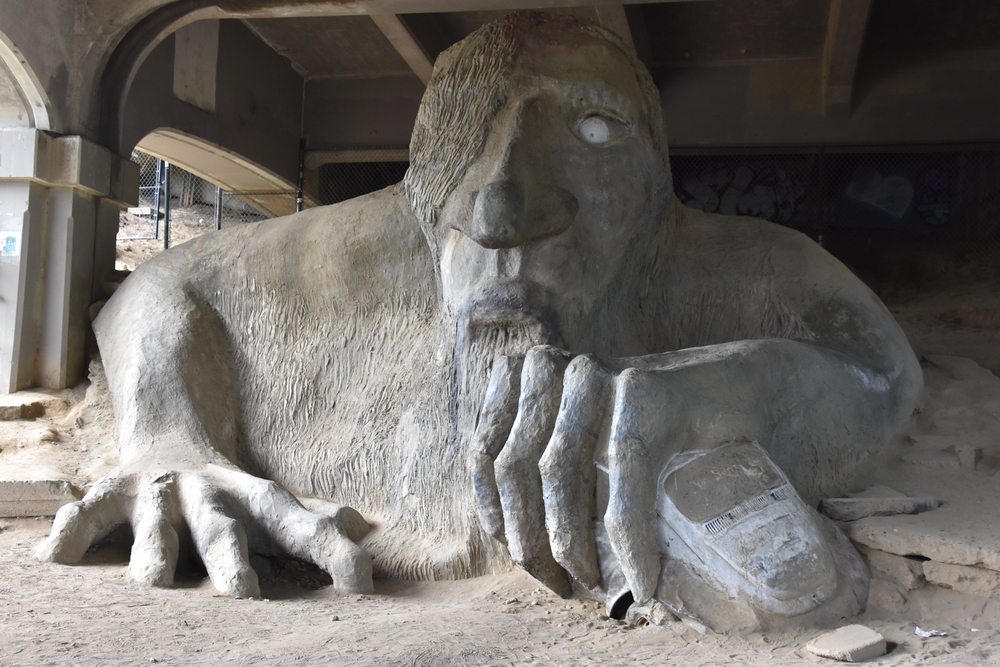
Tucked under a bridge in Seattle’s Fremont neighborhood, this massive concrete troll sculpture gets panned for being ‘just a statue under a dirty bridge.’ Critics fail to appreciate the community spirit behind this unusual urban art.
Created by local artists in 1990 to rehabilitate an area known for illegal dumping, the troll clutches an actual Volkswagen Beetle in its hand and has become a beloved neighborhood guardian. The location adds charm—finding this massive creature lurking under ordinary infrastructure brings unexpected whimsy to city exploration.
Cadillac Ranch in Amarillo, Texas
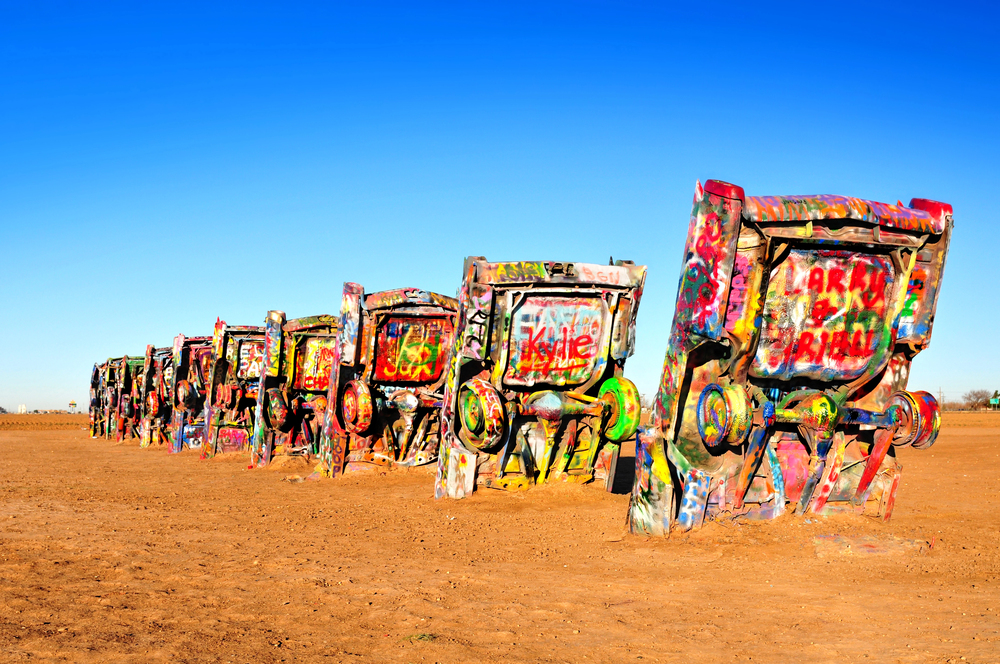
Online reviewers often complain that this installation is ‘just old cars stuck in the ground’ and ‘covered in graffiti.’ They miss the interactive joy of this iconic American art installation.
Ten vintage Cadillacs stand buried nose-down in the Texas plains, and visitors are encouraged to bring spray paint and add their marks. The constantly changing appearance means you’ll never see the same Cadillac Ranch twice. The location along historic Route 66 perfectly captures the spirit of the American road trip culture.
Like Travel Pug’s content? Follow us on MSN.
Coral Castle in Homestead, Florida
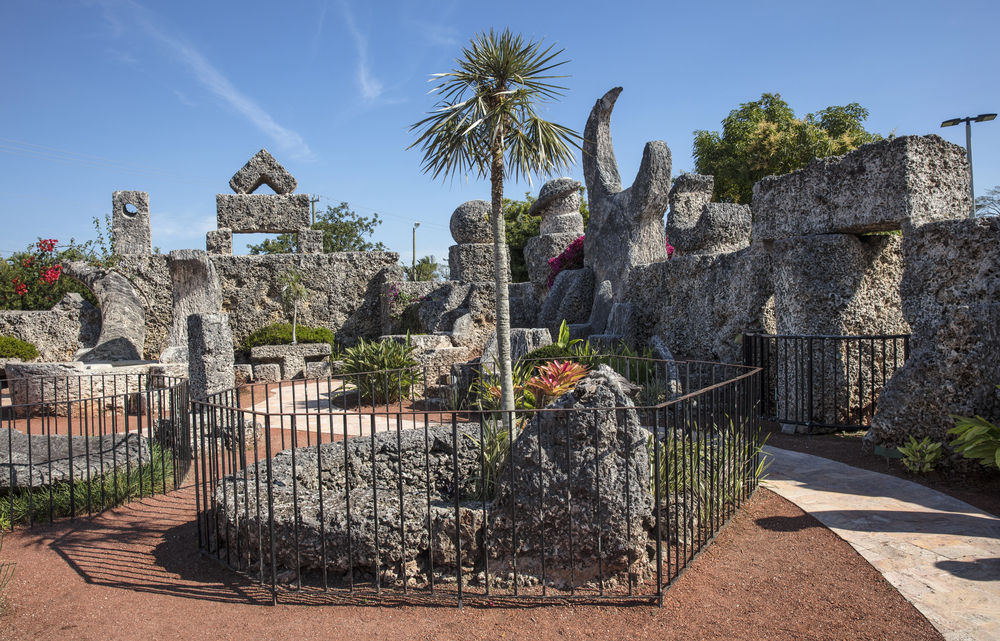
This stone structure often disappoints visitors expecting a traditional castle, earning complaints about the size and lack of actual coral. The true magic lies in its creation story.
Built by one man, Edward Leedskalnin, who single-handedly carved and moved enormous stone blocks weighing up to 30 tons using mysterious techniques that still baffle engineers today. His love story adds another layer of intrigue—he built the entire structure as a monument to his lost love.
The engineering marvel becomes much more impressive when you understand the incredible human determination behind it.
World’s Largest Ball of Twine in Cawker City, Kansas
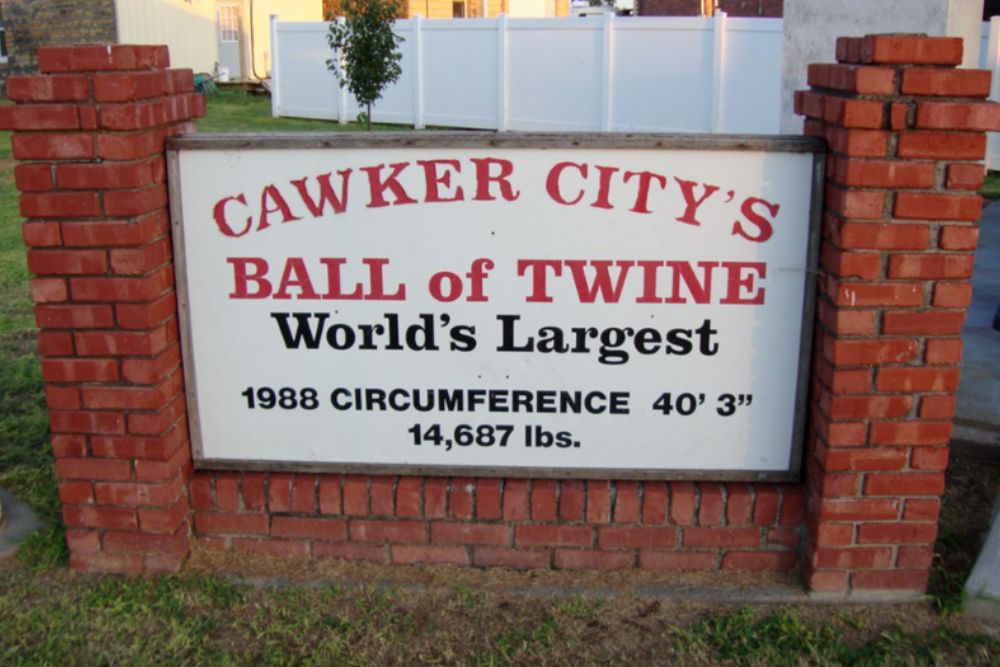
Travelers often mock this roadside attraction as ‘just twine’ and a waste of time. What they’re missing is the charming community story behind this quirky record-holder. Started by Frank Stoeber in 1953, the twine sphere continues growing as visitors add their contributions.
The town hosts a ‘Twine-a-thon’ each year, where locals gather to add more twine. The surrounding town embraces its unusual claim to fame with genuine Midwestern hospitality, making the stop about much more than the twine itself.
Buckingham Fountain in Chicago, Illinois
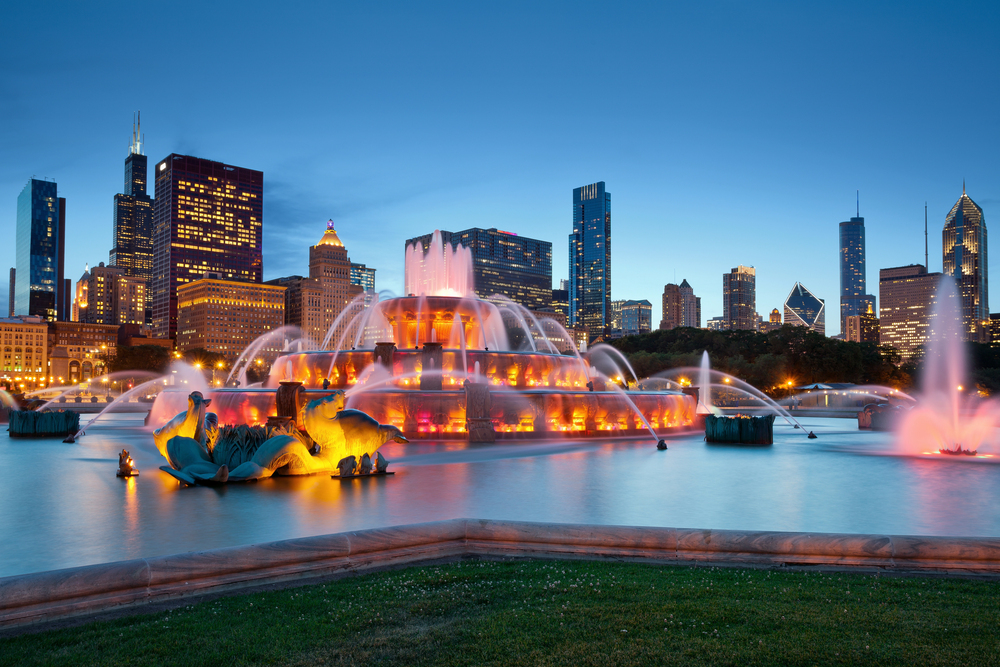
This Grant Park centerpiece gets criticized for being ‘just another fountain’ and ‘not worth the trip.’ These reviews completely overlook one of the largest fountains in the world and its spectacular water displays.
The fountain shoots water 150 feet into the air during hourly shows, and evening performances include impressive light displays synchronized to music. The Art Deco design and the fountain’s representation of Lake Michigan make it a significant cultural landmark.
Watching the water dance while enjoying the Chicago skyline and lake views creates a quintessential city experience that’s entirely free.
Like Travel Pug’s content? Follow us on MSN.
Bubblegum Alley in San Luis Obispo, California
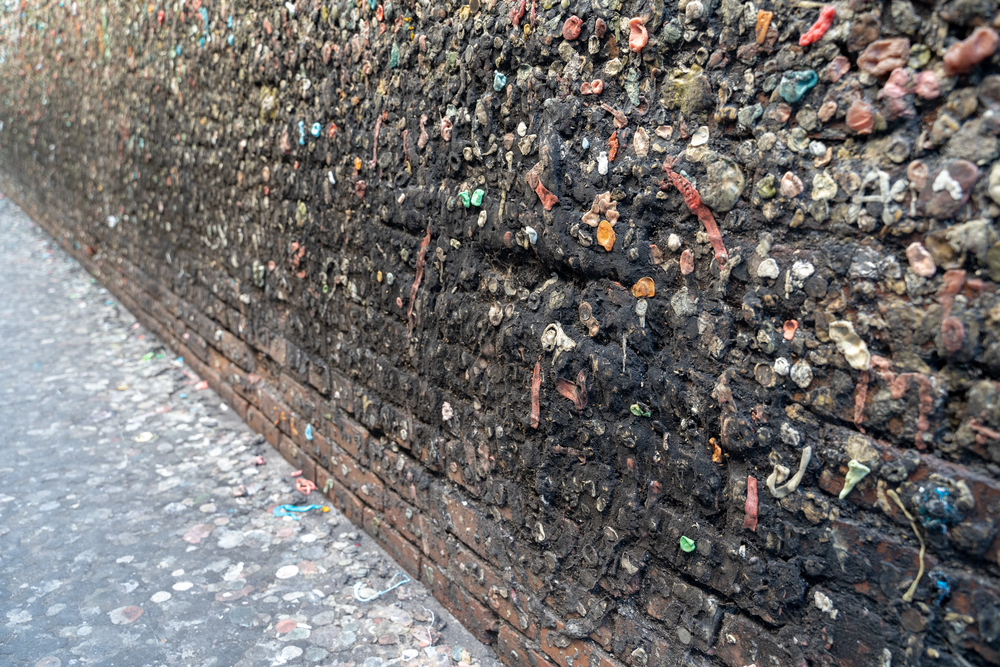
This 70-foot alley covered in thousands of pieces of used gum naturally attracts disgusted reviews calling it ‘unsanitary’ and ‘gross.’ The critics miss the strange community art project that’s evolved over decades.
Dating back to the 1950s, the alley represents generations of visitors leaving their colorful, sticky marks. Local shops sell gum specifically for contributions, and the wall has inspired poetry, photography, and marriage proposals.
The explosion of colors and textures creates a unique visual experience that transforms something ordinary into an unexpected art form.
The Big Duck in Flanders, New York
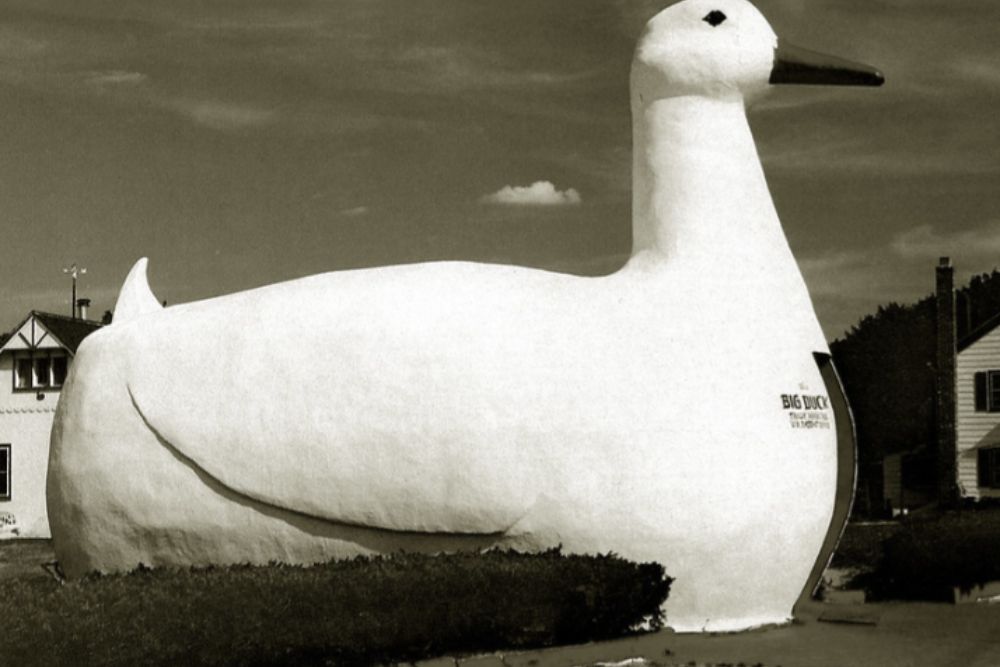
This building attracts criticism for being ‘just a duck-shaped building’ and having ‘nothing to do inside.’ The detractors fail to appreciate its significance in architectural history. Built in 1931 by a duck farmer to sell his products, it pioneered ‘novelty architecture’ where buildings physically resemble their purpose.
In architectural theory, the term ‘duck architecture’ comes directly from this structure. Beyond its historical importance, the 20-foot-tall duck represents a charming era of American roadside attractions designed to catch the eye of passing motorists in the early automobile age.
The Museum of Bad Art in Somerville, Massachusetts
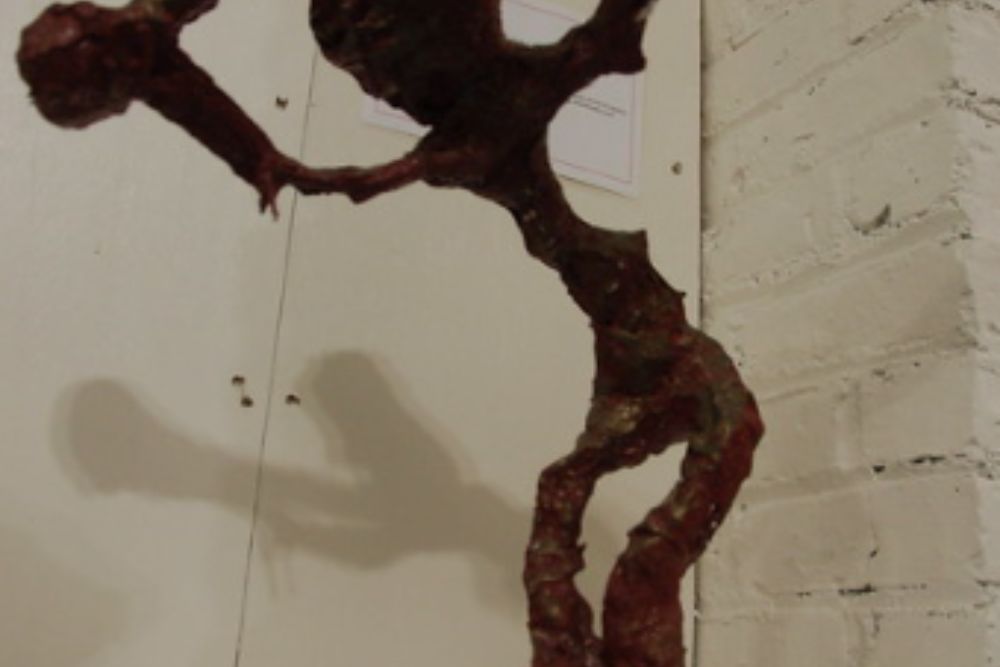
Critics complain this museum is ‘filled with terrible artwork’ and ‘looks like a joke’—which completely misses the point. This collection celebrates artistic enthusiasm over skill, with curators seeking works created with sincere intent but spectacular failure.
Each piece comes with thoughtful interpretation panels that treat the works with genuine respect while acknowledging their unusual qualities. The museum reminds us that artistic expression doesn’t require technical mastery to be meaningful.
Their motto—’art too bad to be ignored’—perfectly captures the joyful spirit behind this unique institution.
Like Travel Pug’s content? Follow us on MSN.
Hole N’ The Rock in Moab, Utah
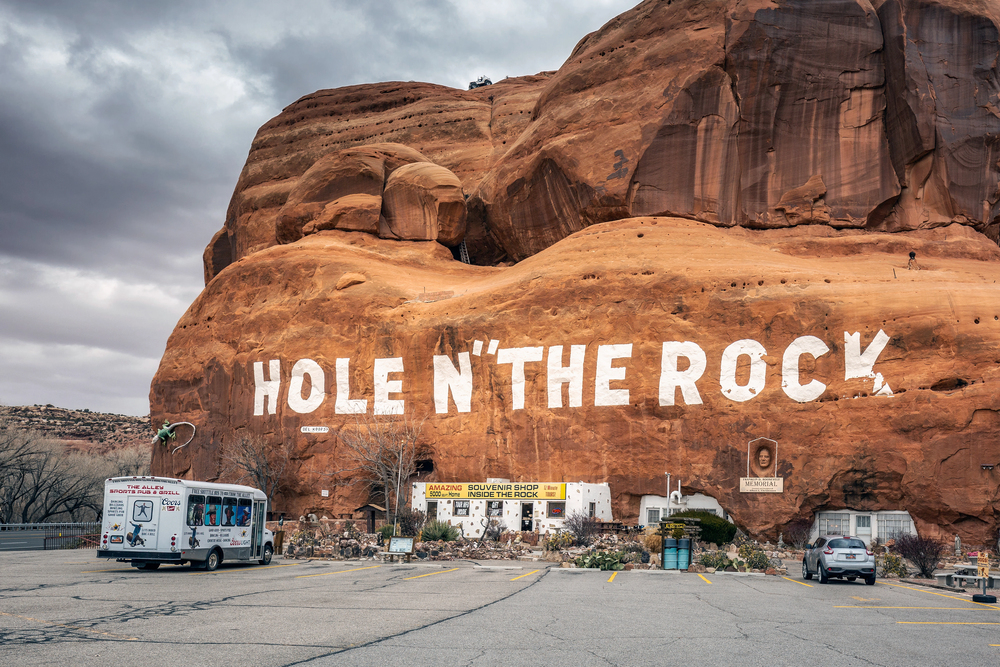
Online reviews dismiss this as a ‘tourist trap’ with ‘too many gift shops.’ What they overlook is the remarkable 5,000-square-foot home carved into solid sandstone rock. Created by Albert Christensen over 12 years of drilling and chiseling, the 14-room dwelling includes unusual features like a stone bathtub and a 65-foot chimney running through the middle.
The quirky decorations and period furniture offer a glimpse into a unique domestic life. The surrounding desert landscape adds to the otherworldly feeling of this hand-carved wonder.
The Berkeley Pit in Butte, Montana
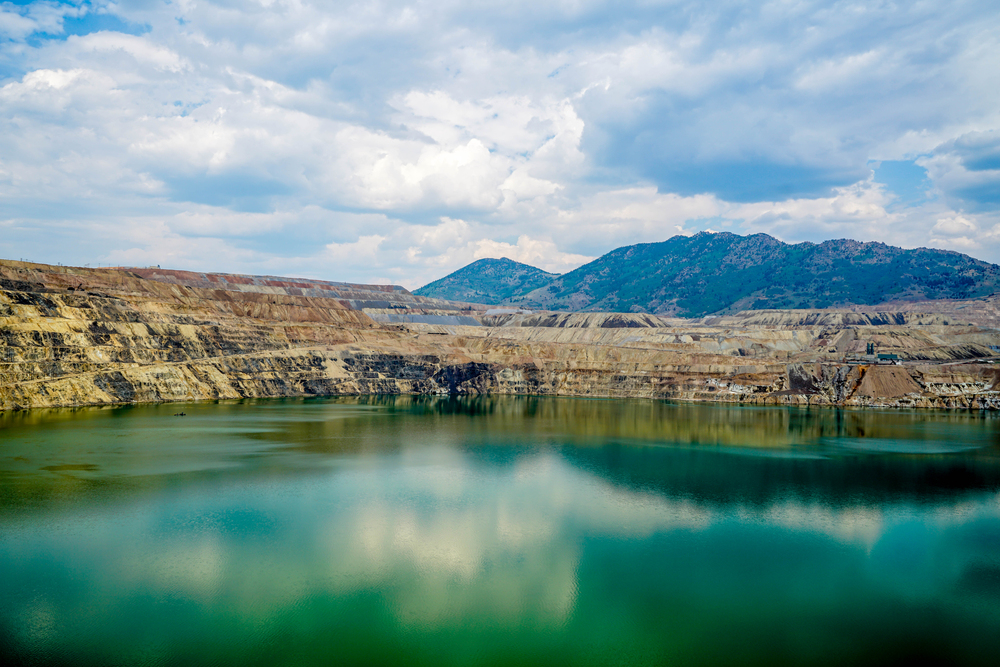
This former open-pit copper mine turned toxic lake receives harsh reviews as an ‘environmental disaster’ and ‘depressing.’ While these assessments aren’t wrong, they miss the site’s educational value and stark beauty. The viewing platform offers information about mining history and environmental consequences, creating an important cautionary tale.
The unnaturally colored water against the terraced rock walls creates an almost alien landscape that photographs remarkably well. Visitors gain perspective on the human impact that more sanitized attractions often avoid addressing.
Leaning Tower of Niles in Niles, Illinois

This half-size replica of the famous Italian tower gets mocked for being ‘fake’ and ‘just a water tower.’ These critiques ignore both its charming history and visual appeal.
Built in 1934 as a utility structure to store water for public swimming pools, it was designed to honor Italian culture in the area. At 94 feet tall, it’s an impressive structure in its own right, and the surrounding plaza includes Italian-inspired fountains and landscaping.
You won’t battle crowds or pay entrance fees to enjoy this whimsical tribute, unlike its famous counterpart.
Like Travel Pug’s content? Follow us on MSN.
Paper House in Rockport, Massachusetts
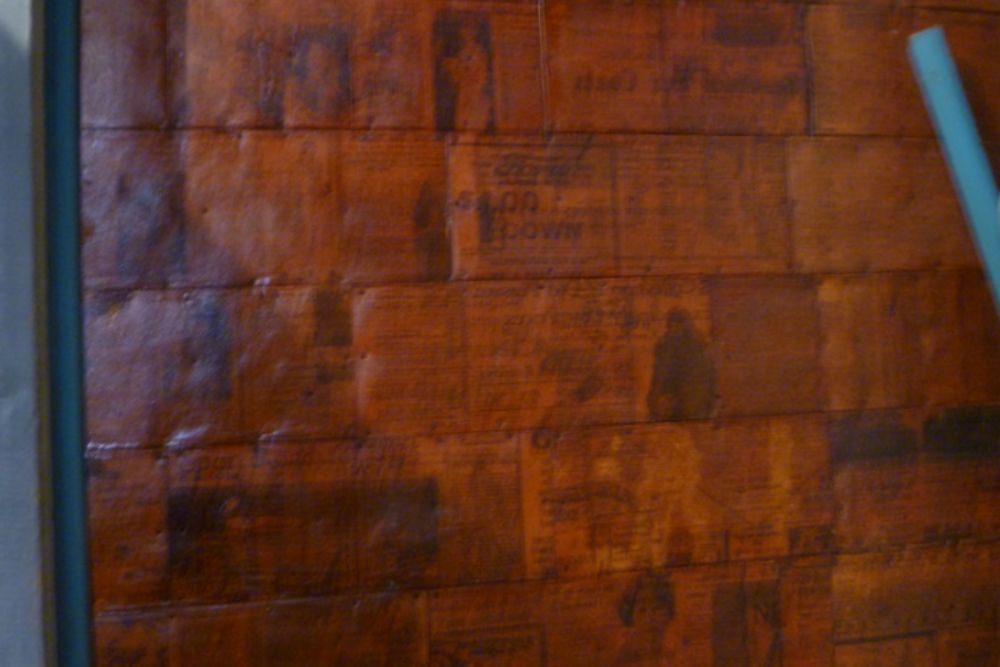
Visitors sometimes complain that this attraction is ‘small’ and ‘just covered in paper.’ These reviews fail to appreciate the remarkable engineering and dedication behind this unique structure. Built by mechanical engineer Elis Stenman in 1924, the house’s walls are made from 100,000 newspapers varnished into a surprisingly durable building material.
Even the furniture inside is constructed from rolled and folded paper. The house has stood for nearly a century, proving the unexpected structural potential of everyday materials repurposed through human ingenuity.
Desert of Maine in Freeport, Maine
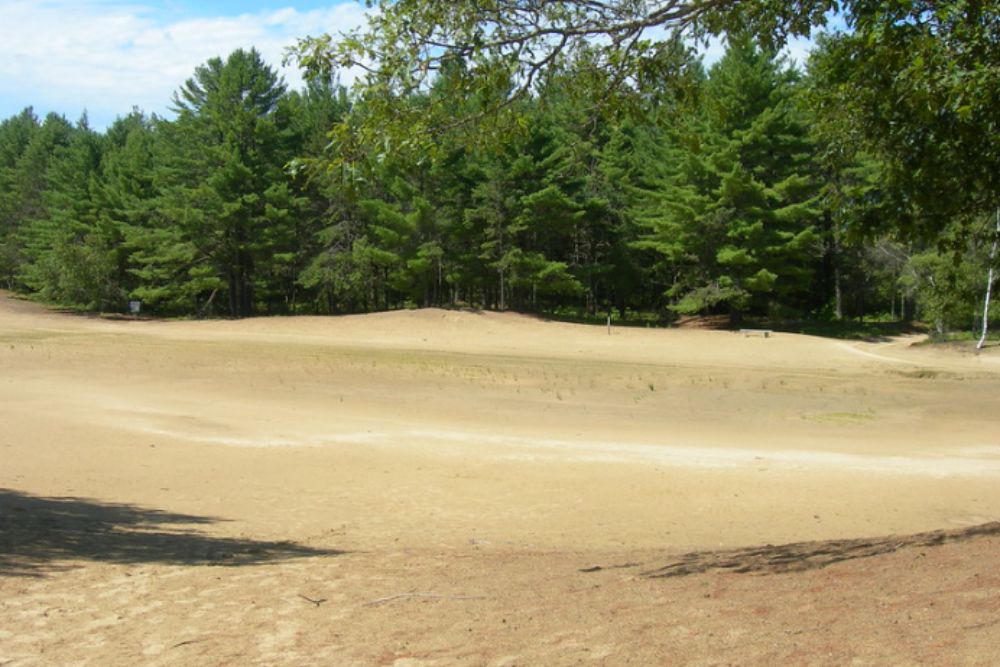
Critics call this 40-acre dune ‘misleading’ because it’s not a natural desert but rather exposed glacial silt from poor farming practices. This criticism misses the fascinating geological and historical story.
Once fertile farmland, the property demonstrates the consequences of soil erosion when native vegetation was removed in the 1800s. The stark contrast of dunes surrounded by Maine’s lush forests creates a surreal landscape unique in the eastern United States.
The site offers a powerful lesson in environmental stewardship wrapped in an unusually photogenic setting.
The Spud Drive-In Theater in Driggs, Idaho

Online reviewers complain about ‘outdated technology’ and ‘uncomfortable seating’ at this vintage drive-in theater. What they overlook is the increasingly rare opportunity to experience an authentic piece of American entertainment history.
The theater’s giant potato sculpture on a 1946 truck has become an iconic roadside photo opportunity. Watching movies under the stars with the Teton mountains as a backdrop creates a quintessential Western experience.
The slightly scratchy sound coming through your car radio adds to the nostalgic charm rather than detracting from it.
Like Travel Pug’s content? Follow us on MSN.
Wild Blueberry Land in Columbia Falls, Maine
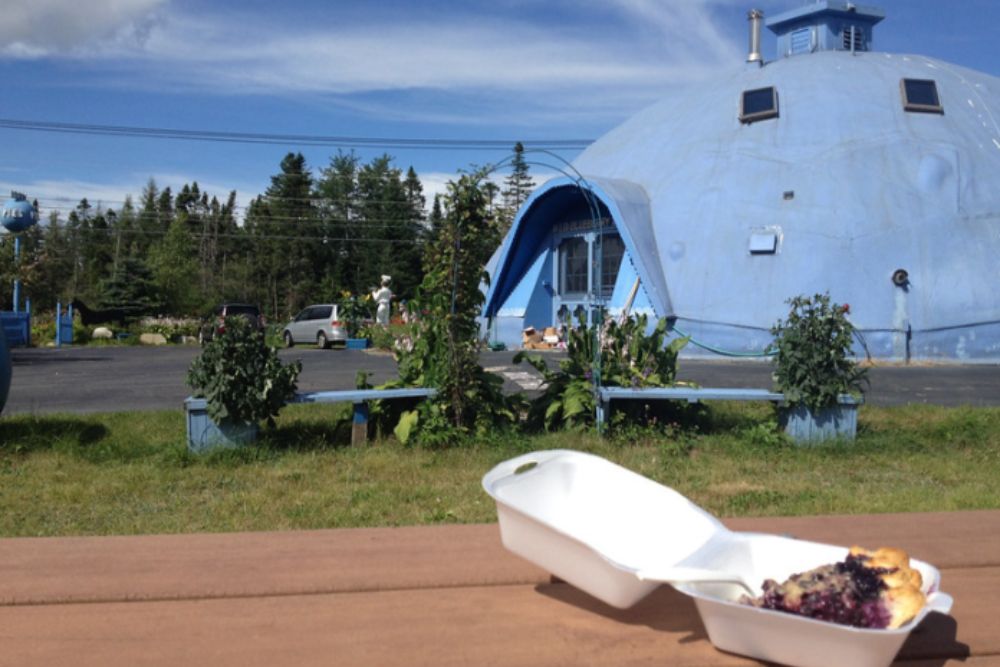
This roadside attraction, which is shaped like a giant blueberry, gets dismissed as ‘just a gift shop’ by disappointed visitors. They’re missing the passionate celebration of Maine’s agricultural heritage and the handcrafted nature of the entire experience.
The owners are actual blueberry farmers who create homemade wild blueberry products sold inside. The whimsical blueberry-shaped buildings, mini-golf course, and garden demonstrate dedication rarely seen in commercial attractions.
The property serves as both a quirky landmark and an educational resource about an industry central to the region’s identity.
Cabazon Dinosaurs in Cabazon, California

These enormous dinosaur sculptures visible from Interstate 10 receive criticism for being ‘commercialized’ and having ‘religious propaganda inside.’ What critics overlook is their significance in pop culture history and impressive artistic execution.
Featured in films like Pee-wee’s Big Adventure, these dinosaurs represent classic Americana roadside attractions. The 150-foot-long Brontosaurus includes an interior staircase leading to a viewing platform inside its mouth.
The juxtaposition of prehistoric creatures against the desert landscape creates a surreal photo opportunity that is impossible to replicate.
Lucy the Elephant in Margate, New Jersey
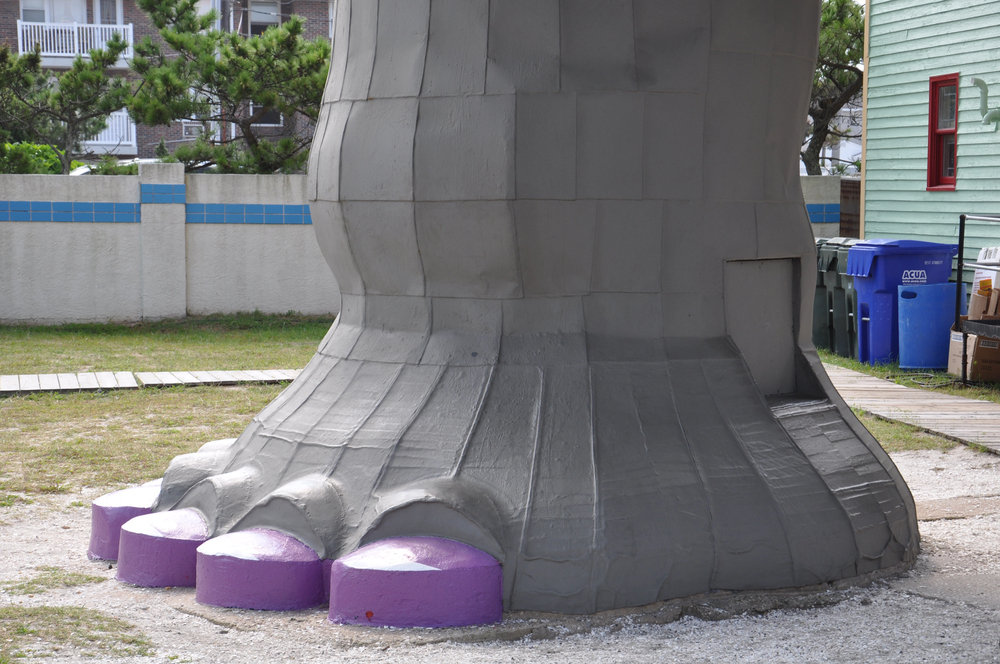
Some visitors complain this elephant-shaped building is ‘expensive for what it is’ and ‘just a novelty.’ These reviews fail to recognize one of America’s oldest surviving roadside attractions and its historical significance.
Built in 1881, the six-story wooden elephant once contained a hotel and served as a landmark for ships at sea. Lucy has survived Atlantic hurricanes, development pressure, and deterioration to become a National Historic Landmark.
The guided tour through the elephant’s interior reveals both architectural ingenuity and a fascinating story of preservation efforts that saved this unique structure multiple times.
Like Travel Pug’s content? Follow us on MSN.
The Enduring Charm of Underrated Attractions
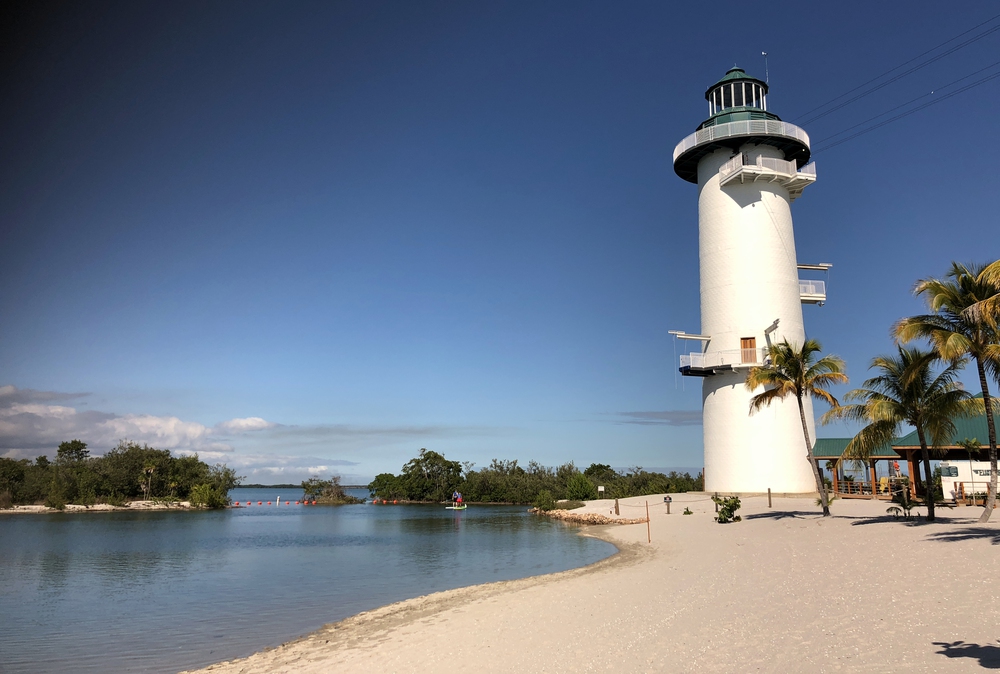
These overlooked destinations remind us that travel ratings can’t capture the personal connections we form with unusual places. The most memorable experiences often come from attractions that surprise us with their quirky backstories, community significance, or unexpected beauty.
Perhaps the true measure of a worthwhile destination isn’t its online rating but the stories you’ll tell about it years later—especially when those stories begin with, ‘It sounds terrible, but you have to see it for yourself.’
More from Travel Pug

- Cities Growing so Fast You Won’t Recognize Them in 10 Years
- 13 Destinations Where Tourists Regularly Regret Their Trip
- 20 Obscure WWII Sites Even History Buffs Don’t Know About
- 10 Under-the-Radar Mountain Towns That Are Both Affordable and Beautiful
- 20 Abandoned Places That Feel Like Real-Life Post-Apocalyptic Movie Sets
Like Travel Pug’s content? Follow us on MSN.
